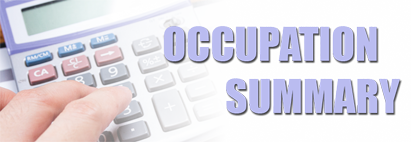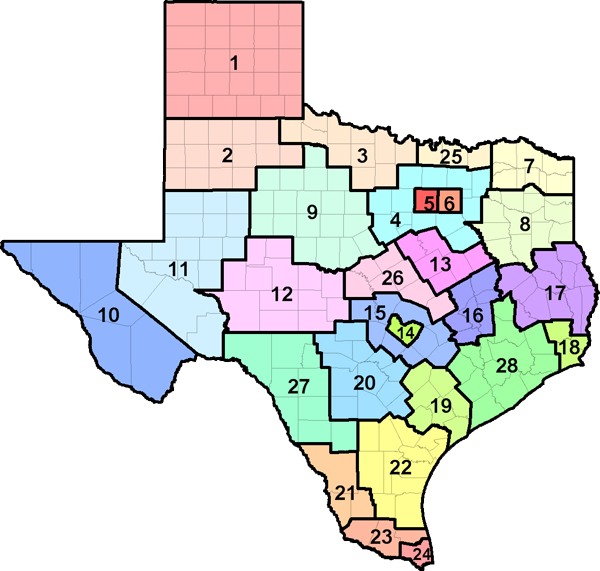The U.S. Department of Labor has developed an automated occupational information database, O*NET, that identifies and describes work content, work skills, and training requirements for all jobs across the country in all sectors of the economy. Much of the occupational information contained in this report is derived directly from the O*NET database, and supplemented with information from the Bureau of Labor Statistics, Census Bureau, and Labor Market and Career Information.

| Industry | % of Rolling Machine Setters, Operators, and Tenders, Metal and Plastic employed | Annual Growth Rate |
|---|---|---|
| Iron and steel mills and ferroalloy manufacturing | 24.5 | -1.55 |
| Steel product manufacturing from purchased steel | 9.7 | -1.17 |
| Plastics product manufacturing | 8.3 | -0.44 |
| Medical equipment and supplies manufacturing | 7 | -0.51 |
| Alumina and aluminum production and processing | 6.1 | -1.24 |
| Nonferrous metal (except aluminum) production and processing | 3.4 | -1.17 |
| Converted paper product manufacturing | 3.4 | -2.21 |
| Machine shops; turned product; and screw, nut, and bolt manufacturing | 2.7 | -2.84 |
| 2024 Statewide average hourly wage | $22.25 |
| 2024 National average hourly wage | $24.49 |
| 2022 National employment | 28,200 |
| 2022 Texas employment | 1,770 |
| Texas projected employment by 2032 | 1,747 |
| Texas projected annual employment and Turnover openings through 2032 | 177 |

| Region | Employment | Projected Employment 2032 | Projected Annual Openings 2032 |
Annual Growth Rate |
Average Income |
|---|---|---|---|---|---|
| Texas (all regions) | 1,770 | 1,747 | 177 | -0.13% | $46,288.00 |
| Top 10 Relevant Knowledge Areas | Relevant Importance Levels |
|---|---|
| Mechanical Knowledge of machines and tools, including their designs, uses, repair, and maintenance. |
|
| Production and Processing Knowledge of raw materials, production processes, quality control, costs, and other techniques for maximizing the effective manufacture and distribution of goods. |
|
| English Language Knowledge of the structure and content of the English language including the meaning and spelling of words, rules of composition, and grammar. |
|
| Education and Training Knowledge of principles and methods for curriculum and training design, teaching and instruction for individuals and groups, and the measurement of training effects. |
|
| Administration and Management Knowledge of business and management principles involved in strategic planning, resource allocation, human resources modeling, leadership technique, production methods, and coordination of people and resources. |
|
| Customer and Personal Service Knowledge of principles and processes for providing customer and personal services. This includes customer needs assessment, meeting quality standards for services, and evaluation of customer satisfaction. |
|
| Engineering and Technology Knowledge of the practical application of engineering science and technology. This includes applying principles, techniques, procedures, and equipment to the design and production of various goods and services. |
|
| Mathematics Knowledge of arithmetic, algebra, geometry, calculus, statistics, and their applications. |
|
| Public Safety and Security Knowledge of relevant equipment, policies, procedures, and strategies to promote effective local, state, or national security operations for the protection of people, data, property, and institutions. |
|
| Computers and Electronics Knowledge of circuit boards, processors, chips, electronic equipment, and computer hardware and software, including applications and programming. |
| Top 10 Relevant Skill Areas | Relevant Importance Levels |
|---|---|
| Operations Monitoring Watching gauges, dials, or other indicators to make sure a machine is working properly. |
|
| Operation and Control Controlling operations of equipment or systems. |
|
| Quality Control Analysis Conducting tests and inspections of products, services, or processes to evaluate quality or performance. |
|
| Monitoring Monitoring/Assessing performance of yourself, other individuals, or organizations to make improvements or take corrective action. |
|
| Speaking Talking to others to convey information effectively. |
|
| Active Listening Giving full attention to what other people are saying, taking time to understand the points being made, asking questions as appropriate, and not interrupting at inappropriate times. |
|
| Critical Thinking Using logic and reasoning to identify the strengths and weaknesses of alternative solutions, conclusions, or approaches to problems. |
|
| Active Learning Understanding the implications of new information for both current and future problem-solving and decision-making. |
|
| Coordination Adjusting actions in relation to others' actions. |
|
| Reading Comprehension Understanding written sentences and paragraphs in work-related documents. |
| Top 10 Relevant Abilities | Relevant Importance Levels |
|---|---|
| Problem Sensitivity The ability to tell when something is wrong or is likely to go wrong. It does not involve solving the problem, only recognizing that there is a problem. |
|
| Control Precision The ability to quickly and repeatedly adjust the controls of a machine or a vehicle to exact positions. |
|
| Reaction Time The ability to quickly respond (with the hand, finger, or foot) to a signal (sound, light, picture) when it appears. |
|
| Near Vision The ability to see details at close range (within a few feet of the observer). |
|
| Rate Control The ability to time your movements or the movement of a piece of equipment in anticipation of changes in the speed and/or direction of a moving object or scene. |
|
| Multilimb Coordination The ability to coordinate two or more limbs (for example, two arms, two legs, or one leg and one arm) while sitting, standing, or lying down. It does not involve performing the activities while the whole body is in motion. |
|
| Manual Dexterity The ability to quickly move your hand, your hand together with your arm, or your two hands to grasp, manipulate, or assemble objects. |
|
| Arm-Hand Steadiness The ability to keep your hand and arm steady while moving your arm or while holding your arm and hand in one position. |
|
| Finger Dexterity The ability to make precisely coordinated movements of the fingers of one or both hands to grasp, manipulate, or assemble very small objects. |
|
| Response Orientation The ability to choose quickly between two or more movements in response to two or more different signals (lights, sounds, pictures). It includes the speed with which the correct response is started with the hand, foot, or other body part. |